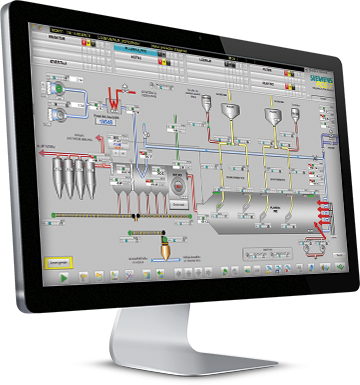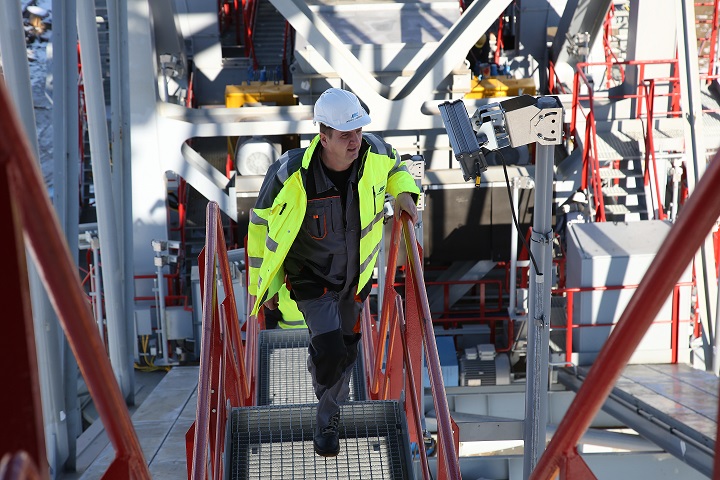Electrical Design

 Conceptual design is the first step in designing a new system. In it, the Mikro Kontrol design team helps the client identify and examine its exact needs more clearly. Alternative solutions are compared and evaluated one against another. Alternatives for potential solutions are scrutinized. System specifications (e.g. technical requirements and environmental targets, as well as forecasting of investment costs) are considered and defined.
Conceptual design is the first step in designing a new system. In it, the Mikro Kontrol design team helps the client identify and examine its exact needs more clearly. Alternative solutions are compared and evaluated one against another. Alternatives for potential solutions are scrutinized. System specifications (e.g. technical requirements and environmental targets, as well as forecasting of investment costs) are considered and defined.

Detailed design represents the most serious and comprehensive basis for the implementation phase of a project. Detailed design includes a detailed specification of each system interface and function. It is the key to a successful implementation and realization of other steps in a project, including cabinets assembly, software, and commissioning.

As-built design comes in a later stage of a project. It is done upon completion of commissioning. It represents a summary of all the functional documents. It is highly relevant for maintenance purposes.

Design review represents a final examination of whole documentation. It consists of various checks. They include:
•Checks of compliance and rules at the site•Checks of compatibility with law and regulations
•Checks of quality
•Checks of accuracy of technical and technological solutions
Cabinets Assembly

In Mikro Kontrol workshop, we assemble cabinets customized to fit the needs of our clients. They include control cabinets and LV power cabinets, or MCC cabinets. Control cabinets embed PLCs and DCS. The assembling includes the mounting of the equipment into cabinets, the equipment wiring, as well as the equipment labelling. We assemble our cabinets according to the latest European standards, LV regulations, safety regulations, and EMC regulations. We are able to provide CE marking for every cabinet we assemble.
PLC and DCS cabinets
LV Cabinets
Drives and MCC cabinets
E-houses assembly
APPLICATION SOFTWARE


PLC
DCS
DCS is indispensable for industrial process plants such can be found in metal processing, power and chemical industries, cement production, and sugar processing.
HMI and SCADA
SITE MANAGEMENT & SUPERVISION

Site management

Overseeing operations on a day-to-day basis and ensuring that everything is done safely, on time, and within the allocated budget.
Mounting supervision

Acceptance of equipment delivered to the customer’s site.
TESTING & COMMISSIONING

 Factory Acceptance Test (FAT) is a process, done within the Mikro Kontrol workshop, that evaluates the equipment during and after the assembly process. It verifies that the process and activities are built and operating according to design specification.
Factory Acceptance Test (FAT) is a process, done within the Mikro Kontrol workshop, that evaluates the equipment during and after the assembly process. It verifies that the process and activities are built and operating according to design specification. Individual electrical components, and whole cabinets are carefully checked and tested without voltage, to ensure safe testing with voltage at a later stage.
Individual electrical components, and whole cabinets are carefully checked and tested without voltage, to ensure safe testing with voltage at a later stage.
Individual sensors, actuators and other electrical components are being carefully checked. Following all the checks, the whole system is tested with voltage to ensure its smooth operations..

The next step after voltage commissioning is the functional testing, done on-site in two stages. Firstly, without load, and then as the initial run with load (optimization period). Functional testing without load tests each mechanical and electrical function as intended by design.

After-Sales Support





